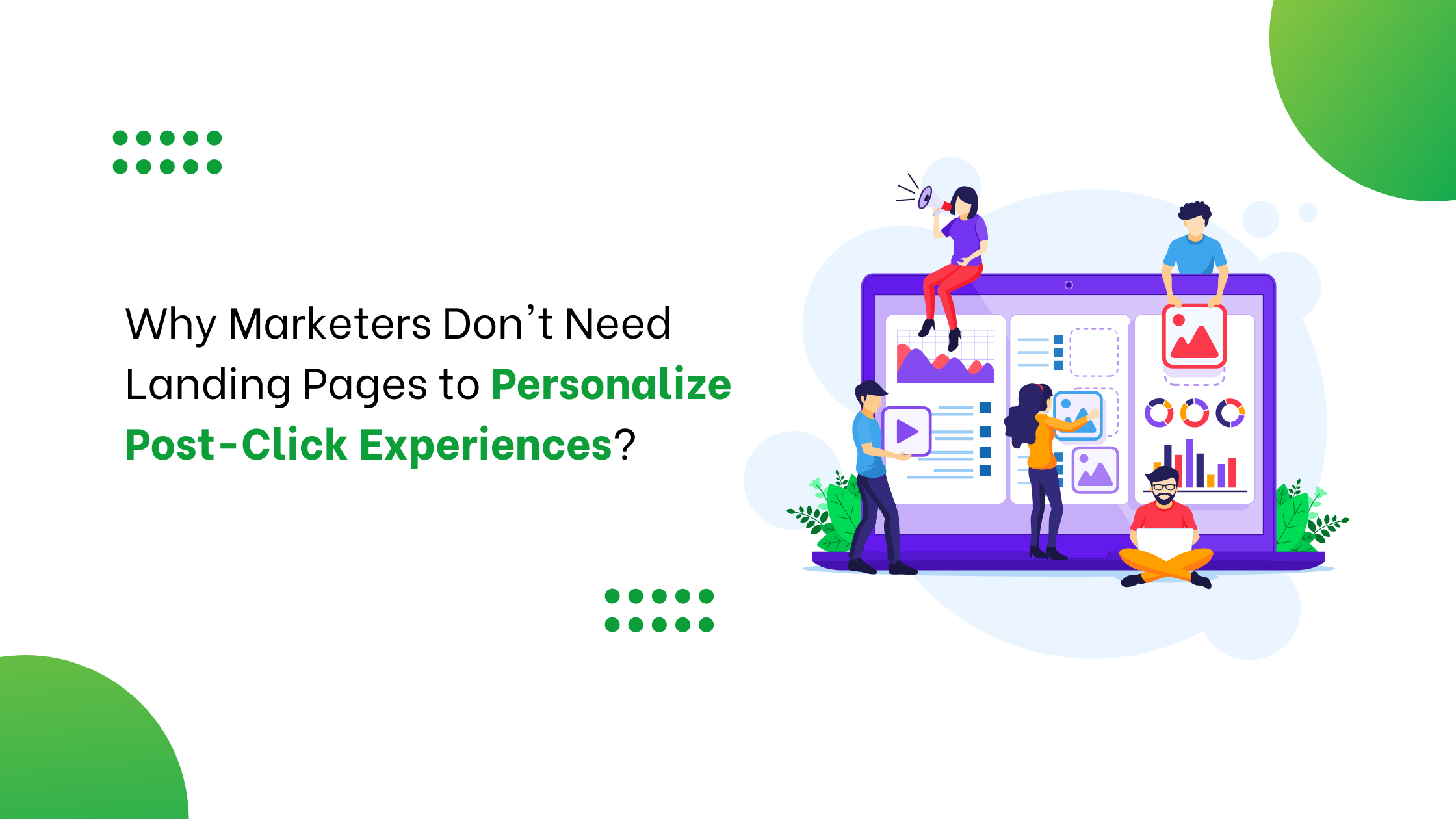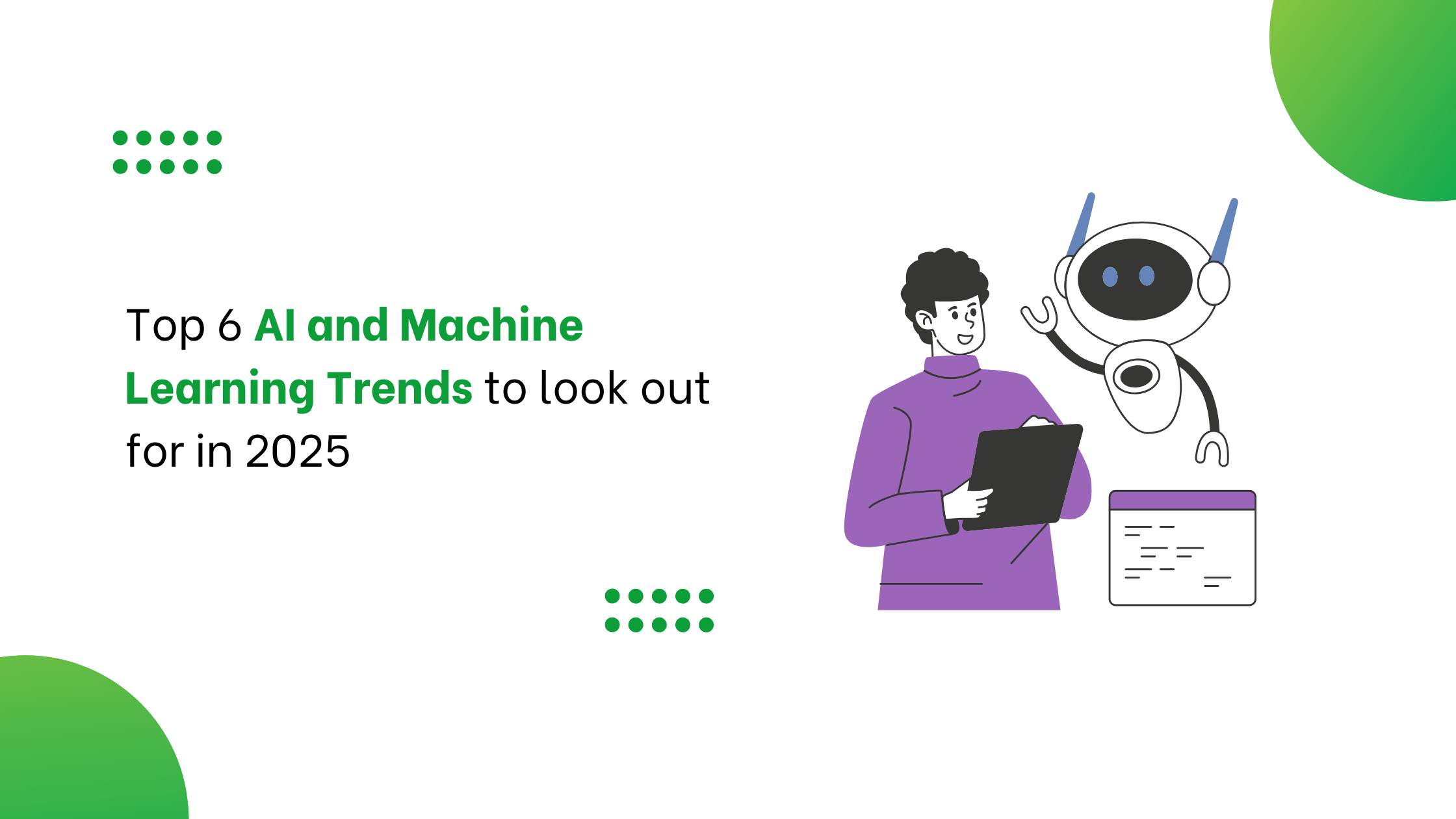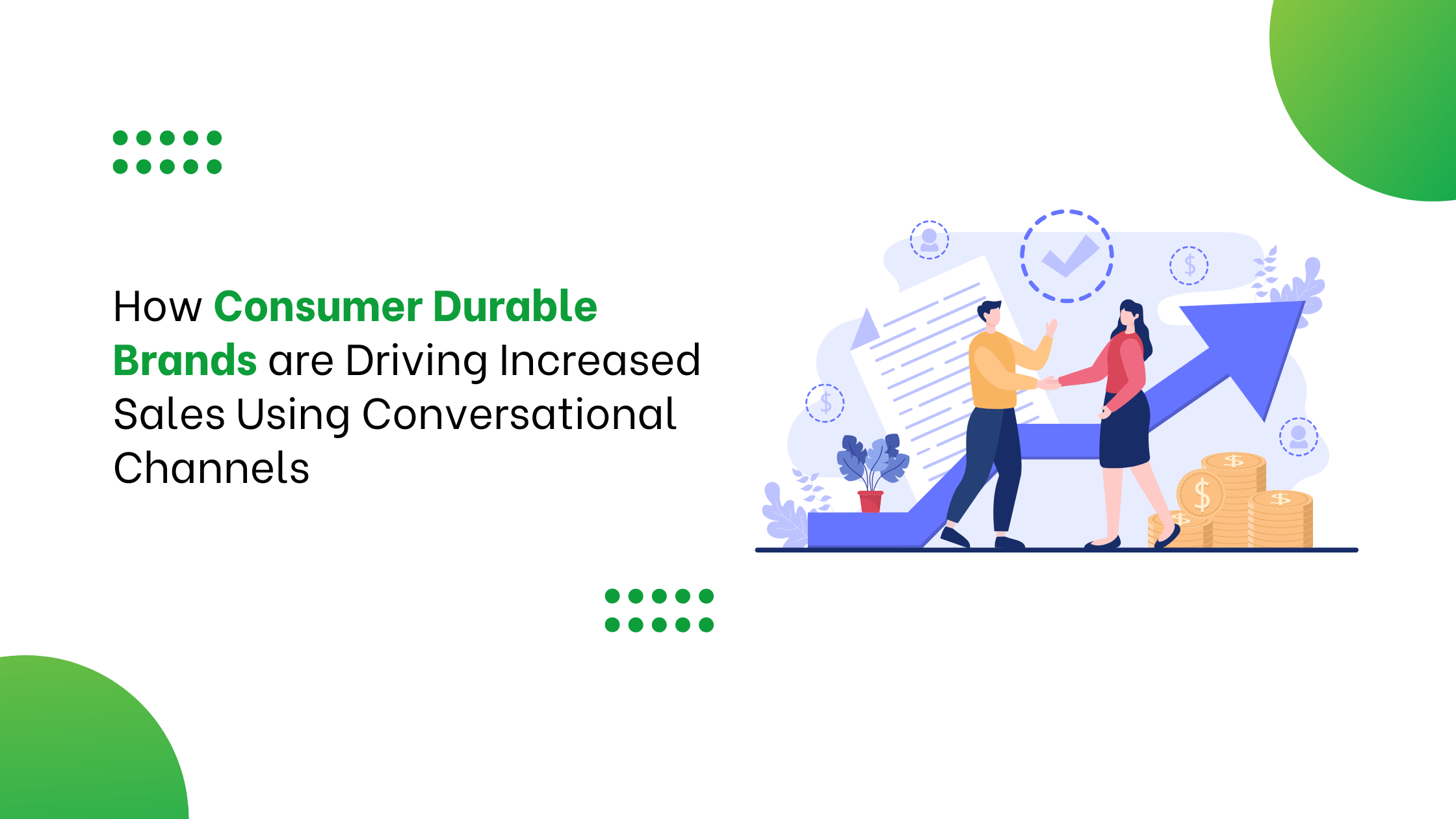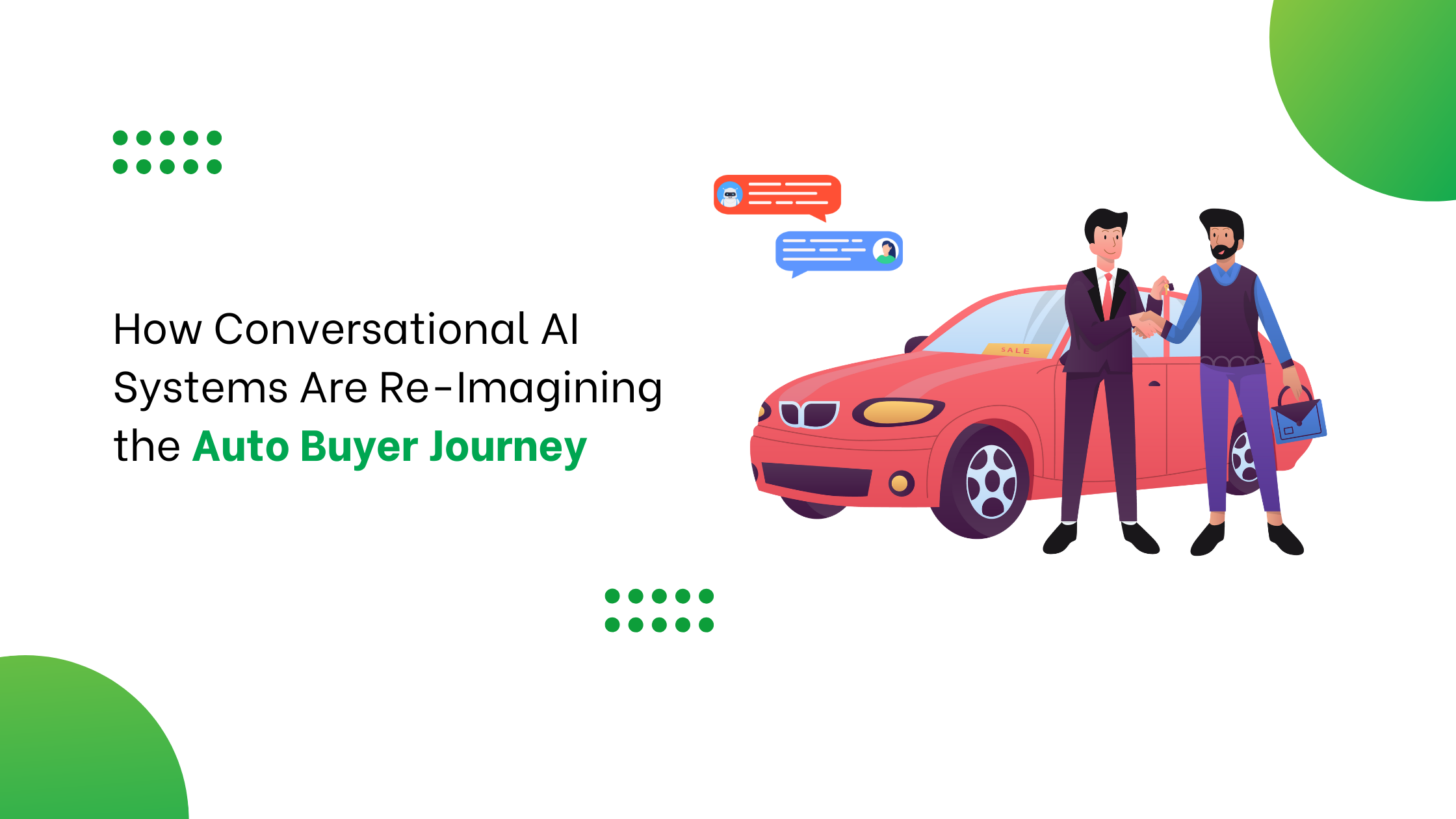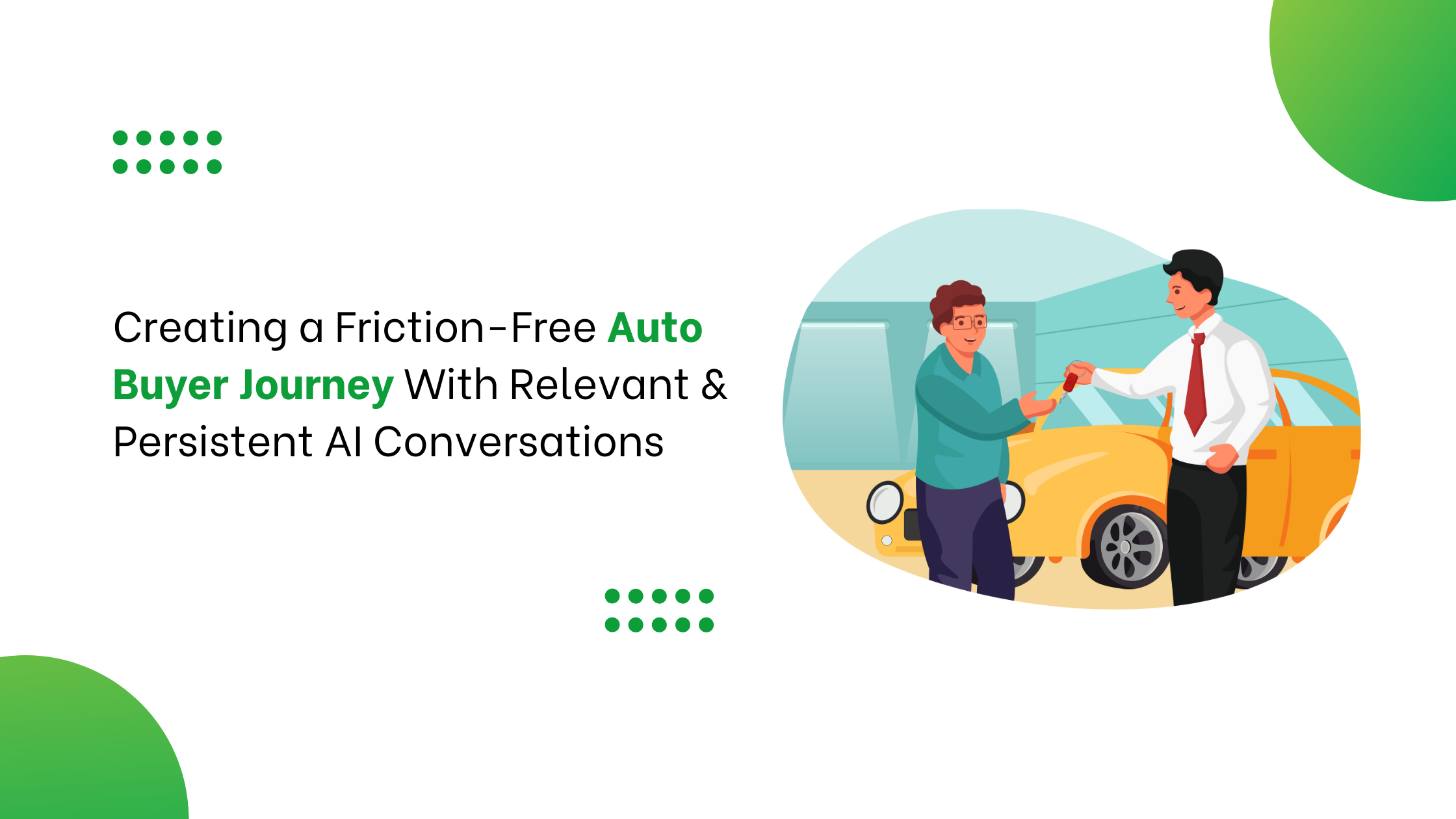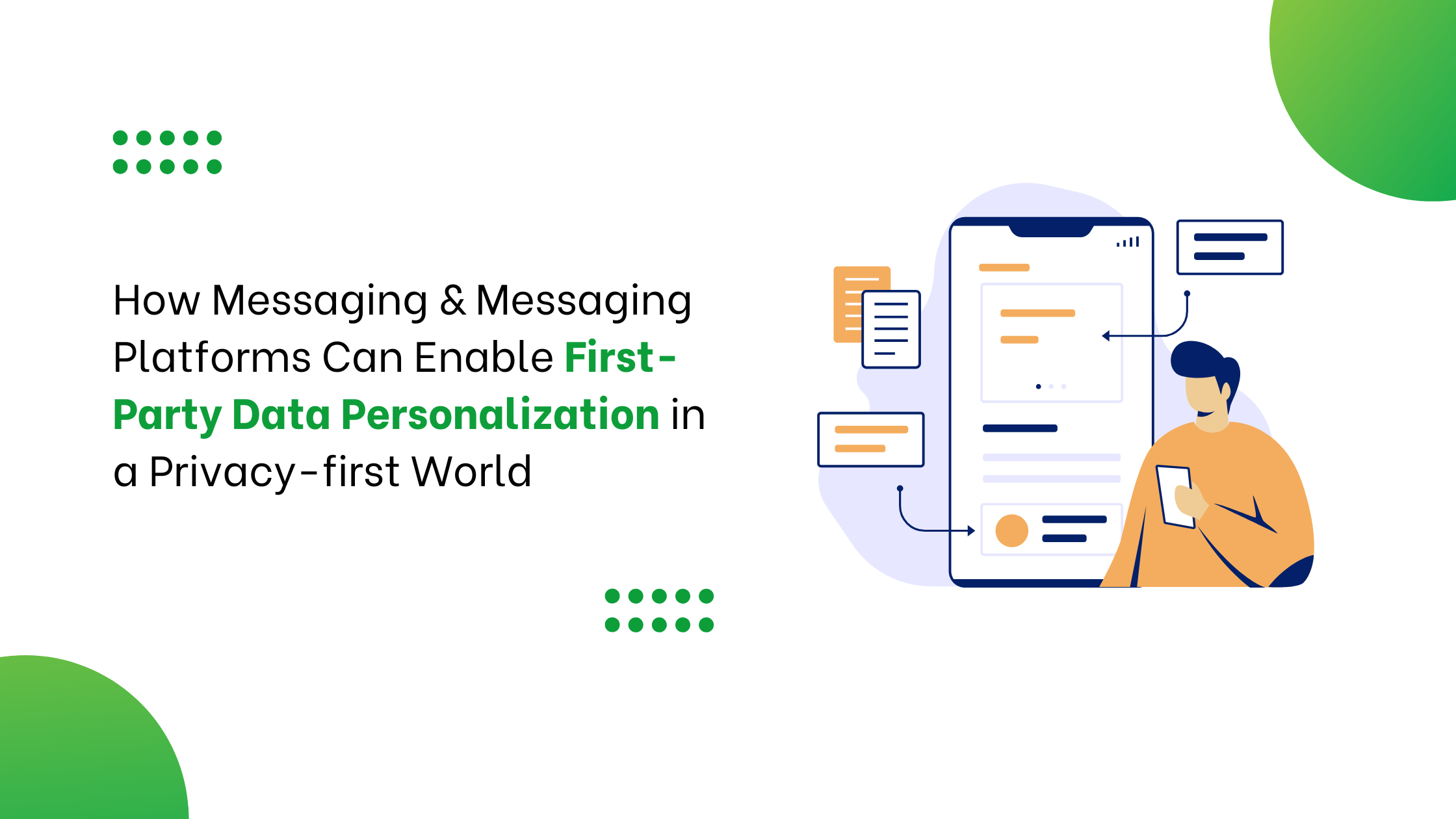Search ads use keywords to find products that match the user’s needs. When customers search for something and find a match, they might have questions that reduce dissonance and move them toward conversion. Moreover, the data from all those could help your business or client in the future too.
Landing Pages:
As a digital marketer, you might have read and implemented thousands of tactics to get your clients the conversion they want. One specific part of advertising – search ads – is a lot trickier than any type of social media ad. When working on a search engine ad and its copy, you need to focus on the landing page structure, the content, as well as the users, search intent vis-à-vis your product offering, or your ad will never perform.
After tons of practical layouts and strategies to optimize the post-click experience on landing pages, there is still a loophole. A majority of search ads do not convert, and customers often click and bounce.
If you are using the age-old techniques of copy alternatives or graphical representation, you may be losing out on personalized experiences. Today’s customers are expecting personalized, immersive, and context-rich experiences.
Post-Click Automation:
96% of paid Google Ads don’t convert. While most marketers use automation services, a flaw focuses on the pre-click phase. To move with the personalization towards the post-click phase, a smarter way is post-click automation (PCA).
What is Post Click Automation?
Marketing funnels have a post-click stage where automation is done through marketing technology, which is known as post-click automation. It is a technology through which marketers leverage advertisement conversions by providing one-to-one personalized experiences. It fills the gap between the pre-click segmentation and post-click reaction phases by combining elements like AI, Ad Mapping, Machine Learning, etc.
How Does It Impact the Post-Click Experience?
PCA combines all elements of post-click expertise like A/B testing, page creation, etc., to provide a comprehensive solution in a single place. Ad mapping, scalable creation, personalization, and optimization techniques are combined to create experiences for every stage of the advertising funnel for finding the search ad performance.
But even with post-click automation that claims to resolve the issues of bounce rates and low conversion via search campaigns and PPC, a complete solution is yet to be found.
What are the Customers Expecting?
If a customer searches for something online, they are looking ahead to find multiple options that fit their consideration set. With thousands of similar products and services, brands cannot rely simply on creating a landing page per ad. Customers have a wide range of options, which further lengthens their decision-making process, leading to their indecisiveness.
If you are relying on basic search and tactics, your CAC will take a toll. So, what is the way out?
Improve Post-Click Experiences Through Personalization Using AI & Conversations
Every customer wishes to engage with the brand they are likely to purchase from. While there are certain informative points mentioned, the customer might still be skeptical. The best way to approach the increasing bounce rates is to aid them with a technological product that converses with them at their time and convenience.
- According to Salesforce, 69% of consumers prefer using chat interfaces as they deliver real-time answers and personalization.
- According to Business 2 Community, 82% of consumers claim that instant responses to their questions play a significant role in the buying process when contacting brands.
Engagement:
Considering how chatbots are impacting businesses, Adster aids your search ad with a conversational layer on the ad. Users can directly click on the Search Ad, and they will be redirected to the chat section where they can have a conversation.
The virtual sales agent answers their questions, thereby directly sharing an option of Buy Now and Payment thereafter. In this way, within a short period, you build brand value, recognition, aid product discovery, and drive revenue.
All that you have heard about the Zero Moment of Truth is finally here.
Forget building landing pages with content, graphics, and videos with CTA’s. With Conversational Search Ads – Adster, there is no need to collect data manually.
The customer engages with the brand directly without multiple touchpoints. It builds a virtual environment with immersive and personalized experiences without having to click on the landing page – in turn reducing landing page bounce rates.
The technology of Adster is patented, which allows it to dive into the user’s search intent and drive conversation accordingly. With this AI-driven mechanism, users can have a rich post-click experience without going through the hassle of reading landing page content.
Moreover, Conversational Search Ads help advertisers connect with customers at their time and capture the zero moments of truth. Finally, it also collects the PII, shares rich media for conversation, and collects payment on their behalf with end-to-end encryption and data privacy.
Re-Engagement in a Cookie-less World
Adster’s conversational Search Ads offer marketers and brand owners the ability to re-engage and win back customers via cookieless device-based re-engagement.
Through a well-crafted, context-relevant drip campaign, curated and personalized nudges can re-engage the user back into the buyer journey.
For brands looking to improve lifetime value, these re-engagement nudges can create seamless and memorable post-purchase experiences, accelerating top-of-mind and loyalty.
Video Synthesis Tech + Conversational AI = A Winning Formula
Post-click experiences and personalization can further be amplified using Video Synthesis technology. Using Video Synthesis technologies, brands can communicate with their customers, using videos offering an immersive and personalized experience.
With Conversational AI and Video Synthesis, the buyers’ post-click experience can transform into a customized post-click journey.
Imagine this: A user searches for a product – clicks on a search ad – interacts with a Virtual Sales Agent (Adster) and is delivered a personalized brand video using Video Synthesis technology.
Through combining AdSter’s conversational search ads and re-engagement and Video synthesis – your brand re-engagement and retention can skyrocket to a whole new level.
Depending on the user’s stage in the sales funnel, a personalized video delivered via a cookieless re-engagement can effectively fast-track a user along the funnel to closure, directly impacting your brand’s bottom funnel and conversion metrics.
A recent example of this is the recently conducted #notjustacadbury ad campaign by Mondelez with Bollywood star Shahrukh Khan.
Using Video Synthesis tech, Mondelez is enabling customers to create advertisements for their local stores. Using AI, Machine learning, and Video Synthesis, users can create a personalized video with SRK by giving details about their store and category and SRK recreates the personalized ad by repurposing this information.
Transforming Sales Funnel
Conversational Search Ads bring a dynamic change in the sales funnel as instead of multiple touchpoints, you reduce it to a bare minimum of one or two. The entire length of your sales funnel shortens, which results in quicker action and faster revenue generation. Sourcing emails and sharing multiple emailers to convert? The Conversational AI bot will do all of that and more – through seamless API integrations with your MarTech stack.
To Conclude:
Landing pages are beneficial for search ads, but if you are looking to deliver real-time personalized and immersive experiences, adding conversational search ads to your marketing arsenal will accelerate your conversion metrics and fast-track your sales funnel.
Reduced bounce rates, lower customer acquisition costs, and cookieless personalized re-engagement are what you get with Adster Conversational Search Ads. Book a free demo with our experts to experience it yourself.
